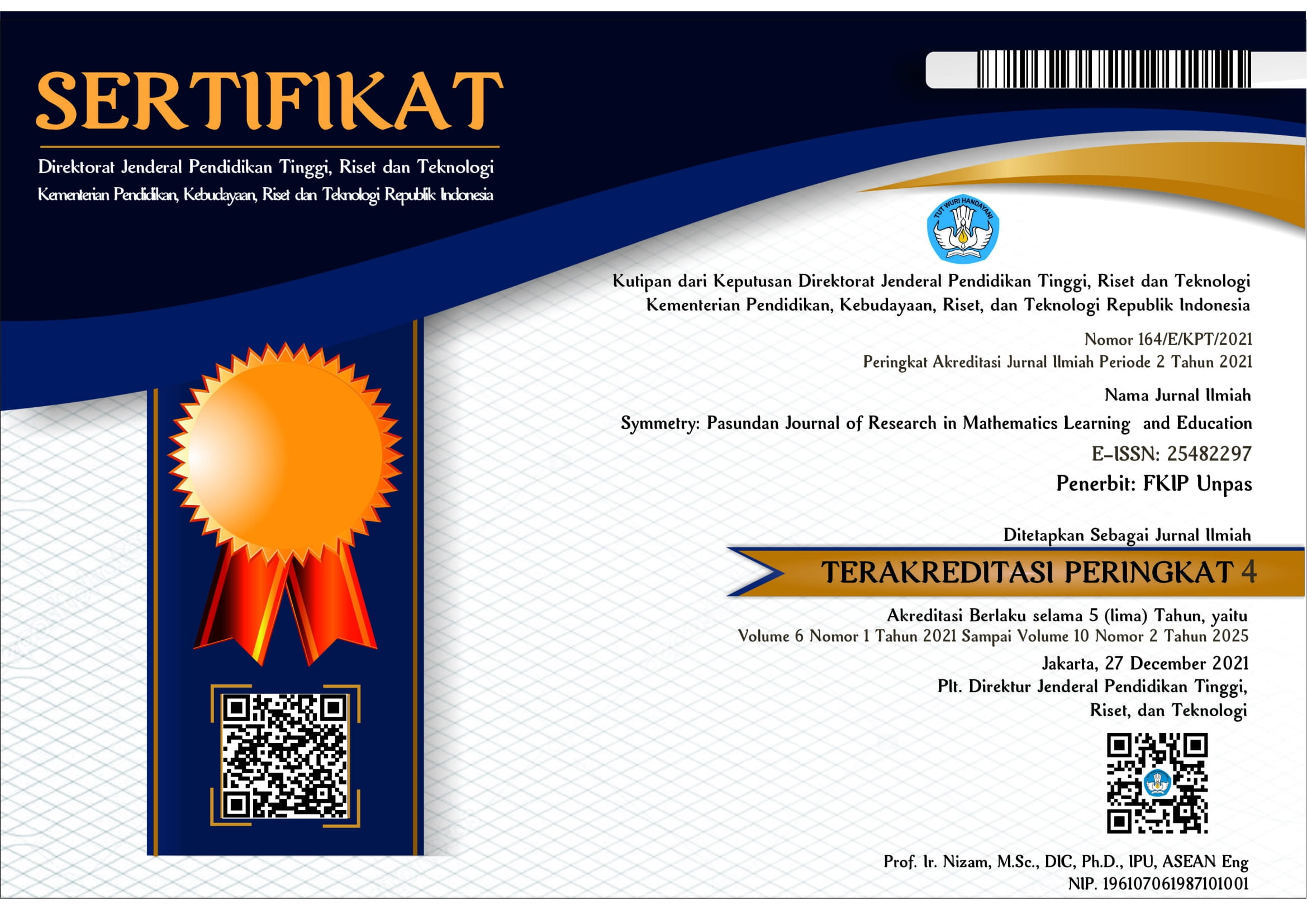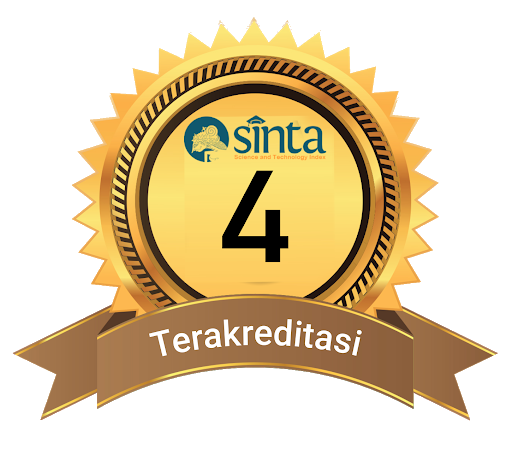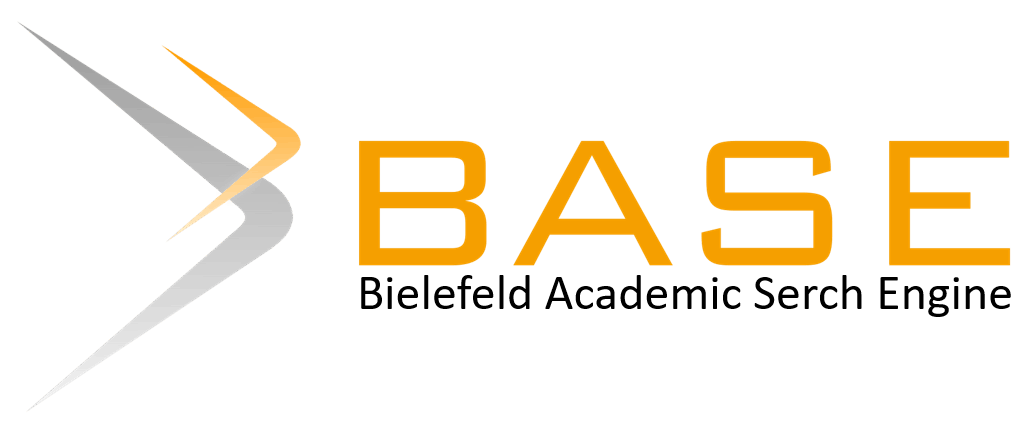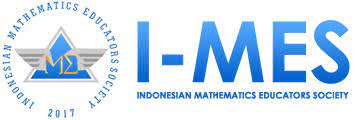ENHANCING MATHEMATICAL COMPETENCIES IN TVET: LESSONS FROM ENGINEERING STAFF IN MALAYSIAN MANUFACTURING SECTORS.
DOI:
https://doi.org/10.23969/symmetry.v9i2.20108Abstract
Technical and Vocational Education and Training (TVET) programmes are crucial in providing the skilled workforce required by various industrial sectors in Malaysia. Mathematical knowledge and skills are essential foundations in TVET programmes as they equip students with the numerical skills, measurement, problem-solving abilities, and logical reasoning needed in various skill areas. However, studies show that TVET students face weaknesses in mathematics, such as poor understanding of basic concepts, weak calculation and problem-solving skills, and difficulties in applying mathematical concepts to new situations related to their skill areas. To overcome these weaknesses, new approaches in mathematics teaching and learning are needed, including emphasis on mathematical applications in skill areas, more effective pedagogy, and adequate training for instructors. Due to the complexity of problems that engineering staff need to solve, they require training in real-life problem-solving scenarios. MBOT accreditation guidelines emphasise the critical importance of developing mathematical competencies in producing versatile graduates who can apply mathematical knowledge to address real-world challenges in their respective disciplines. Therefore, a phenomenological approach was used in this study to identify mathematical competencies (MC) among engineering staff serving in manufacturing workplaces. Data were collected through intensive interviews, and phenomenological reduction techniques were used for data analysis. The findings show that mathematical competencies frequently used by engineering staff include Manage to Gather Data Problem Handling, Tools management, and Self-mathematical Decision. This study can provide input to instructors on developing mathematical competencies relevant to real-life problem-solving in TVET academic activities and programmes at their respective institutions.
Downloads
References
Al-Qudah, Y., & Hassan, N. (2017). Bipolar fuzzy soft expert set and its application in decision making. International Journal of Applied Decision Sciences, 10(2), 175–191. https://doi.org/10.1504/IJADS.2017.084310
Ahmad Shah Qasemi & Ainol Haryati Ibrahim. (2015). An Investigation of English Language Needs of Engineering Undergraduates at Jawzjan University. Retrieve from https://icsai.org/procarch/1iclei/1iclei-53.pdf
Bed Raj Acharya. Factors Affecting Difficulties in Learning Mathematics by Mathematics Learners International Journal of Elementary Education. Vol. 6, No. 2, 2017, pp. 8-15. doi: 10.11648/j.ijeedu.20170602.11
Creswell, J. W., & Guetterman, T. C. (2019). Educational Research: Planning, Conducting, and Evaluating Quantitative and Qualitative Research. (6th Edition). Pearson Education International.
Economic Planning Unit. (2022). 12th Malaysia Plan (2021-2025).
Gazali, R. Y. (2016). Pembelajaran matematika yang bermakna. Math Didactic: Jurnal Pendidikan Matematika, 2(3), 181–190. https://doi.org/10.33654/math.v2i3.47
Henderson, S., and Broadbridge, P. (2018). Mathematics Education for 21st Century Engineering Students. Final Report. Carrick Institute for Learning and Teaching in Higher Education Ltd., Melbourne.
Ismail, K., Nopiah, Z. M., & Rasul, M. S. (2016). Malaysian teachers' competency in technical vocational education and training: A review. In Proceedings of the Regional Conference on Science, Technology and Social Sciences (RCSTSS 2014) (pp. 59-66). Springer, Singapore.
Izrah, N., Puzi, M., Azli, N. A., Osman, S., & Yusof, Y. M. (2022). Evaluation of Mathematical Competencies among Electrical Engineering Students. In ASEAN Journal of Engineering Education (Vol. 6, Issue 2).
Juandi, D. (2021). Heterogeneity of problem-based learning outcomes for improving mathematical competence: A systematic literature review. Journal of Physics: Conference Series, 1722(1). https://doi.org/10.1088/1742-6596/1722/1/012108
Khardita, D. A., & Agoestanto, A. (2023). Systematic Literature Review: Mathematical Reasoning Ability in Mathematics Learning. Symmetry: Pasundan Journal of Research in Mathematics Learning and Education, 8(1), 23–31. https://doi.org/10.23969/symmetry.v8i1.7632
Ministry of Education Malaysia. (2023). Malaysian Education Development Master Plan 2023-2030.
Maarop, A. H., & Radzi, N. M. (2021). Implementation of problem-based learning in mathematics for engineering students: A systematic literature review. International Journal of Instruction, 14(3), 781-798.
Moustakas, C. (1994). Phenomenological research methods. London, Sage
Nakakoji, Y. & Wilson, R. (2018). First-Year Mathematics and Its Application to Science: Evidence of Transfer of Learning to Physics and Engineering. Educ. Sci. 2018, 8, 8. Pg 1-16.
National TVET Council (2023). Recommendations for future TVET curricula development.
Niss, M. (2020). Mathematical competencies and challenges for the future. In Proceedings of the 14th International Congress on Mathematical Education (pp. 3-18). Springer, Cham.
Niss, M. A. (2003). “Mathematical Competencies and the Learning of Mathematics: The Danish KOM Project”, in A. Gagatsis and S. Papastav2012ridis, (eds.), 3rd 472 Mediterranean Conference on Mathematical Education City: Athens, The Netherlands.
Nabie, M. J., Yusof, N., & Samsudin, M. A. (2021). Enhancing critical thinking skills in technical and vocational education through problem-based learning. Journal of Technical Education and Training, 13(2), 37-48.
Norhakim Sahroni, M., Izrah Mohd Puzi, N., Kamilah Syed Yusof, S., Ismail, Z., Malaysia, T.,& Bahru, J. (2023). Mathematical Competence of Practicing Engineers in Engineering Tasks. In ASEAN Journal of Engineering Education (Vol. 7, Issue 2).
Pepin, B., Biehler, R., & Gueudet, G. (2021). Mathematics in Engineering Education: a Review of the Recent Literature with a View towards Innovative Practices. International Journal of Research in Undergraduate Mathematics Education, 7(2), 163–188. https://doi.org/10.1007/s40753-021-00139-8
Rawboon, K., Yamazaki, A. K., Klomklieng, W., & Thanomsub, W. (2021). Future competencies for three demanding careers of industry 4.0: Robotics engineers, data scientists, and food designers. The Journal of Competency-Based Education, 6(2), 1–12. https://doi.org/10.1002/cbe2.1253
Rashmi Rani, Rajesh Kanna, Amer Abdelaal, & Durai Pon Raj. (2021). Teaching and Learning Engineering Mathematics by Project Based Learning Method. Asean Journal of Engineering Education, 4(1), 52–56. https://doi.org/10.11113/ajee2020.4n1.18
Sahroni, M. N., Ismail, Z., & Syed Yusof, S. K. (2022). Using Phenomenological Approach to Identify Mathematical Competency in Engineering Workplace. Asean Journal of Engineering Education, 6(1), 40–50. https://doi.org/10.11113/ajee2022.6n1.76
Skills Development Department. (2022). Annual Report 2022.
Subbu Nisha, M. & R. V. (2018). Employability Skills : A Review Employability Skills Required at Workplaces. The IUP Journal of Soft Skills, 12(1), 29–38.
Tarzimah, T. & Thamby Subahan, M.M. (2010) Students’ Difficulties in Mathematics Problem-Solving: What do they Say? Procedia Social and Behavioral Sciences 8 (2010) 142–151.
Thompson, C. J., Barber, K., & Bourget, E. M. (2018). Steam (Science, Technology, Engineering, Art, And Mathematics) Education And Teachers’ Pedagogical Discontentment Levels. People: International Journal Of Social Sciences. Https://Doi.Org/10.20319/Pijss.2018.43.496518
Van der Aalst, W. M. P. (2014). Data scientist: The engineer of the future. Proceedings of the I-ESA Conferences, 7, 13–26. https://doi.org/10.1007/978-3-319-04948-9_2
Downloads
Published
Issue
Section
License
Copyright (c) 2024 Symmetry: Pasundan Journal of Research in Mathematics Learning and Education

This work is licensed under a Creative Commons Attribution 4.0 International License.
Hak Cipta sepenuhnya ditangan jurnal.



















